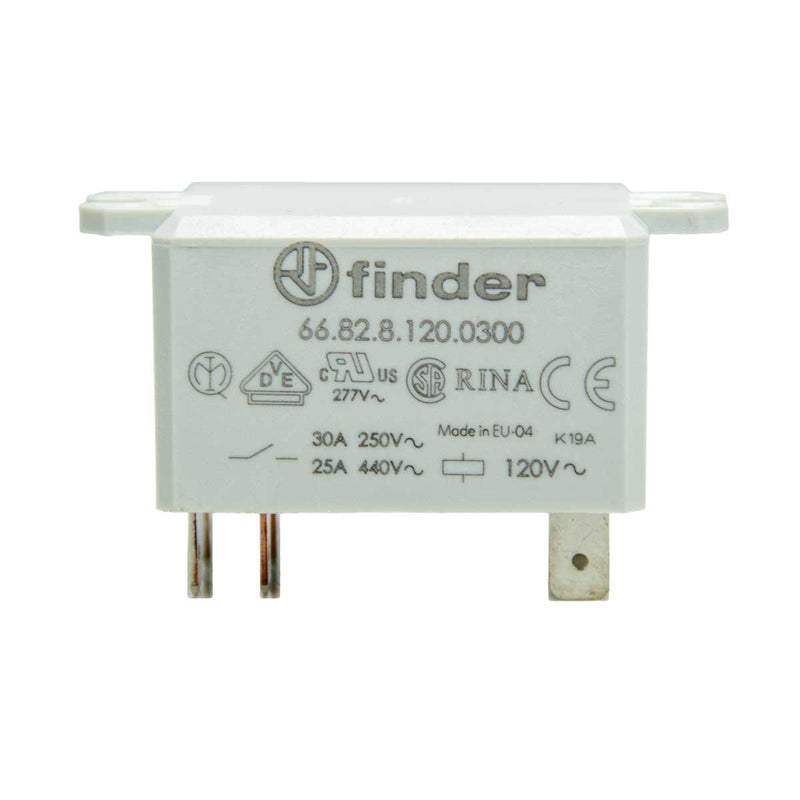Relays are essential components in various industries, enabling the control of high-power electrical circuits using low-power signals. Understanding how a relay is wired is crucial for engineers, electricians, and enthusiasts alike. In this comprehensive guide, we will delve into the intricacies of relay wiring, exploring its components, types, applications, and best practices.
- The Basics of Relay Wiring:
Relays consist of several key components, including the coil, contacts, and terminals. The coil generates a magnetic field when energized, which in turn activates the contacts, allowing or interrupting the flow of current. Proper wiring of these components is essential for the relay to function correctly. - Types of Relays:
There are various types of relays, each designed for specific applications. These include electromechanical relays, solid-state relays, thermal relays, and reed relays. Understanding the differences between these types is crucial when selecting the appropriate relay for a particular task. - Wiring Configurations:
Relays can be wired in different configurations, depending on the desired functionality. Common wiring configurations include the single-pole single-throw (SPST), single-pole double-throw (SPDT), and double-pole double-throw (DPDT). Each configuration offers unique advantages and is suitable for specific applications. - Relay Wiring Diagrams:
To ensure accurate and efficient relay wiring, it is essential to refer to wiring diagrams. These diagrams provide a visual representation of the relay's connections, including the coil, contacts, and terminals. We will explore various relay wiring diagrams, explaining their components and illustrating their practical applications. - Relay Wiring Best Practices:
To ensure reliable and safe operation, adhering to best practices is crucial when wiring relays. These practices include proper insulation, secure connections, appropriate wire sizing, and consideration of voltage and current ratings. We will discuss these practices in detail, providing valuable insights for professionals and enthusiasts. - Applications of Relay Wiring:
Relay wiring finds applications in numerous industries, including automotive, industrial automation, telecommunications, and power distribution. We will explore real-world examples of relay wiring, showcasing its versatility and importance in various systems and processes.
Conclusion:
Mastering the art of relay wiring is essential for anyone working with electrical circuits. This comprehensive guide has provided a deep understanding of relay components, types, wiring configurations, diagrams, best practices, and applications. By following these guidelines, professionals and enthusiasts can ensure the proper functioning and longevity of relay-based systems, contributing to the advancement of various industries.

